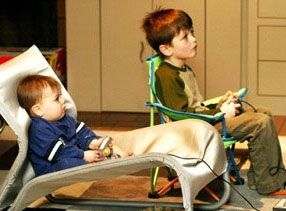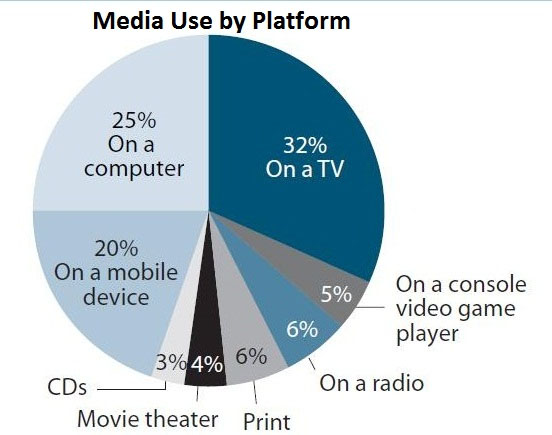December 2010 - Vol. 45
Parents who believe that playing a video game is less harmful to a child's attention span than watching TV may want to reconsider – and unplug the Xbox. Video games can sap a child's attention just as much or more than the tube, a new study suggests. According to Pediatrics, the official journal of the American Association of Pediatrics, television and video game exposure is clearly associated with attention problems. An article, published 5 July, 2010, revealed four key things. First,
playing
video games is associated with attention problems. Second,
video
game playing has a stronger association with attention problems than watching
television. Third, it ruled out the possibility that the association
between screen media use and an attention problem is merely the result
of children with attention problems being especially attracted to screen
media. Fourth, it showed that attention problems caused by media exposure
may be quite long
What the study recommends for followup is testing whether the type of screen time makes a difference. Some have hypothesized that faster paced screen changes will cause more attention problems than slower paced ones, or that pleasure games and educational ones will differ. The American Association of Pediatrics recommends screen media be limited
to two hours or less per day for children. It found that those who logged
more than two hours of TV and video games per day were about twice as likely
to have attention problems.
[Mike Shaughnessy is an elder in The Servants of the Word and the Director of Kairos in North America. Kairos is an international federation of outreaches to high school, university and post university aged people.]. |
. | |||
|
publishing address: Park Royal Business Centre, 9-17 Park Royal Road, Suite 108, London NW10 7LQ, United Kingdom email: living.bulwark@yahoo.com |
. |
 .
.
